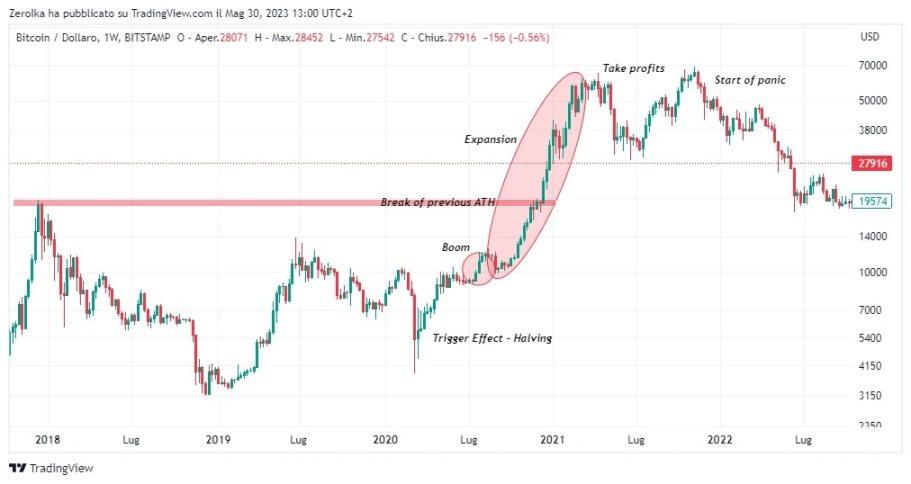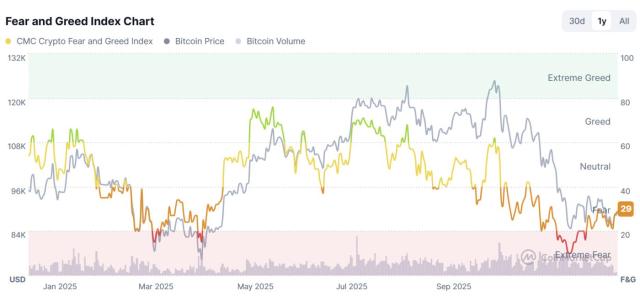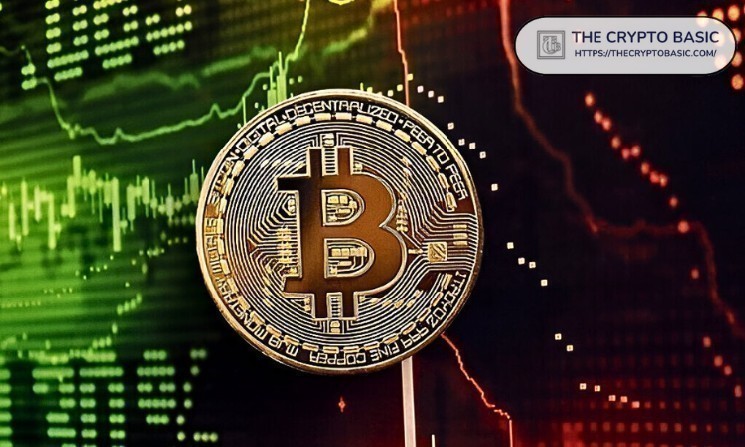This phenomenon contributes to the formation of bubbles by creating a positive feedback loop of hype and speculation.
Media attention and public participation is an important factor in the formation of bubbles.
During the 2017 bull run, John McAfee made two statements:
- "The price of Bitcoin will reach 500,000 US dollars in 2020";
- "Under the new technology of blockchain, data analysis shows that there is currently no bubble."

These remarks attracted a lot of people at the time, but in the end it turned out to be an investment bubble trap.
warning sign
Among market participants and analysts, there may be a minority who raise concerns or doubts about the sustainability of price increases and fundamentals.
At the height of a bubble, these warning signs are usually ignored and dismissed by most.
Warning signs are one of the important factors in identifying bubbles.
The Three Stages of Financial Bubbles
Foam formation is generally divided into five stages:
- trigger period
- Boom period
- Expansion period
- profit period
- panic period
These phases match the characteristics of bubbles, further helping us to detect potential bubbles.

trigger period
Investors develop a love for a new technology or narrative, especially if current market sentiment is favorable.
In the cryptocurrency market in the past, technologies such as artificial intelligence and the metaverse have sparked this upsurge, and these technologies have provided people with "reasons" to invest, thereby driving the prosperity of the market.
Boom period
In the first phase, the price rises slowly, and then reaches a point where it starts to accelerate.
This accelerated upward trend has attracted more and more new buyers and retail investors to enter the market, and the boom period is a key period for attracting new buyers and retail investors.
Expansion period
The number of people sucked into rising assets has grown at an unimaginable rate.
This caused prices to expand to extremely high levels, while media reports created new analyzes and assessments to "justify" this surge, adding to the exuberance of the market.
profit period
This is the stage where the smart money sells their positions and begins to watch for "bubble burst signals".
panic period
Panic is of course the final stage, in anticipation of the market "reloading" and then breaking out again, in which investors see the market falling in price and are not sure when it will bounce back, get panicked and nervous, and start Entering a death spiral, when confidence weakens, the bubble bursts and asset prices drop rapidly and dramatically, often referred to as a "market correction." Market adjustment is usually a self-correcting mechanism after a bubble bursts, which can clear up overvaluation and unreasonable prices in the market and restore the normal operation of the market. Therefore, bubble bursting and market adjustment are inevitable processes in a market economy.
Before deciding to invest, we need to ask ourselves a few questions?
- Is this asset really worth the investment?
- Does it have an actual product?
- What stage of development is it in? (final product or test product)
- How good or bad is the market sentiment related to the asset, i.e. what the market thinks and expects of the asset?
Remember that bubbles last longer than often expected and timing is often very difficult. As an investor, you need to be able to identify potential risks and opportunities, such as market hype, asset intrinsic value and price action phases. These factors may materially affect the performance of an asset. Finally, investors should remain calm and not be swayed by market sentiment, so as to avoid losses when the market bubble bursts.







